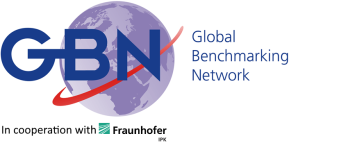Benchmarking: Driving Excellence Through Comparison
In a world of constant change, the organizations that thrive are those that learn, adapt, and innovate. Benchmarking is a powerful method that helps you do exactly that—by learning from the best to become better yourself.
What Is Benchmarking?
Benchmarking is the structured process of comparing your organization’s strategies, operations, and performance metrics with top performers—inside or outside your industry. The goal is not just to measure, but to identify gaps, set meaningful targets, and adopt best practices that lead to improved performance and innovation.
💡 Why It Matters
Benchmarking enables organizations to:
-
Learn from leaders: Identify what top performers do differently—and better.
-
Drive continuous improvement: Set data-driven goals and track progress over time.
-
Boost competitiveness: Close performance gaps and build capabilities that matter.
-
Support strategic planning: Gain insights into market positioning, trends, and innovations.
-
Foster a learning culture: Encourage collaboration, knowledge sharing, and accountability.
📊 Proven Impact
Organizations that benchmark regularly are:
-
More likely to meet or exceed performance targets
-
More agile and adaptive in the face of disruption
-
Better equipped to embed innovation and operational excellence
-
Aligned in their strategic direction and internal collaboration
Across sectors—from manufacturing and healthcare to education and public administration—benchmarking has been proven to increase efficiency, customer satisfaction, and long-term resilience.
🤝 Why GBN?
The Global Benchmarking Network (GBN) connects you with a worldwide community of benchmarking experts, tools, and partners. Whether you’re just starting out or seeking to take your program to the next level, GBN helps you benchmark smarter—and act faster.
